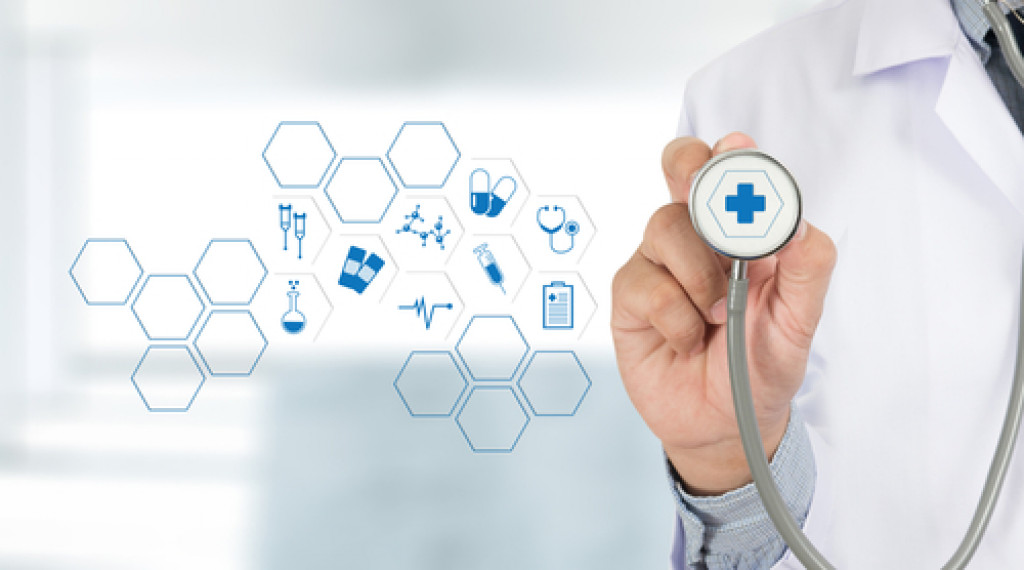Disclaimer: This website provides health information for educational purposes only and is not a substitute for professional medical advice, diagnosis, or treatment. Always seek the guidance of a qualified healthcare provider with any questions you may have.
The patient experience is one of the essential gauges for the medical industry. By making sure that patients have a positive experience, the industry can ensure that it is meeting patients’ needs and expectations. Additionally, a positive patient experience can help to attract new patients and keep current patients coming back.
When it comes to pursuing medical innovation, the convenience factor of the patient journey should always be a top priority. It is especially true in non-surgical areas of medicine, where advancements can often make a big difference in the patient’s day-to-day life. Here are a few technological trends that target that goal.
Electronic Health Records
The electronic health records system is revolutionary for both doctors and patients. It allows doctors to have a complete view of the patient’s medical history, making it easier to provide proper care. It will enable patients to have greater control over their medical information.
The electronic health records system is constantly evolving. One of the ways it is improving is by preventing patients from having to list their information repetitively and manually for every doctor visit. It reduces the time needed for medical treatment and makes it more convenient for everyone involved.
Patients can access their records from any computer or mobile device, making it easy to get the information they need when they need it. Doctors can also access the documents to see the patient’s history and provide proper care quickly. Its continued development will only become more beneficial to everyone involved.
Online Appointment Scheduling
In the past, making appointments with doctors can be frustrating. If you don’t have a phone, you must rely on visiting the hospital and praying that the physician is available. It can be an inconvenient process, especially for people with busy schedules. Fortunately, technology has made significant changes to appointment settings.
One of the most convenient ways to make an appointment with a doctor is online scheduling. By going to the doctor’s website, patients can select a date and time that is convenient for them.
This system is beneficial for both the doctor and the patient. It means less time spent on the phone booking appointments for the doctor. They can also see how busy they are for specific times and make changes if necessary.
It means they can easily find an appointment that works for them for patients. They don’t have to worry about calling multiple offices or waiting on the phone for a long time. It also allows them to see what times are available to choose the one that works. The same innovation applies to appointments with the dental clinic.

AI-Enhanced Diagnostic Tools
Artificial intelligence redefines medical diagnostic routines and creates predictive treatment solutions for patients. With the help of AI, doctors can more accurately diagnose diseases and prescribe the best possible treatments. Additionally, AI-enhanced diagnostic tools can help identify patterns in patient data that could lead to earlier detection and treatment of diseases. The innovation could be a life-saving development for many patients.
AI improves the diagnosis process through machine learning algorithms. These algorithms can analyze large amounts of data very quickly, which can help doctors make better decisions about a patient’s care. Additionally, they can help identify patterns that may not be visible to the human eye. By identifying these patterns, AI-enhanced diagnostic tools can help to improve the accuracy of diagnoses and lead to earlier detection and treatment of diseases.
Custom 3D Printing
3D printing is making breakthroughs in medical innovation. 3D printing helps create customized medical implants and devices specifically tailored to patients’ needs. This technology can revolutionize the healthcare industry by making it easier and faster to develop custom medical implants.
One of the most significant benefits of 3D printing for medical implants is that it allows for greater accuracy. With traditional manufacturing methods, there can be a lot of variability in the final product. They can lead to problems with fit and function. With 3D printing, on the other hand, doctors can create the implants with much greater precision, which leads to a higher level of accuracy and fewer complications.
3D printing is also beneficial because it enables surgeons to trial implant designs before surgery. It means that they can be sure that the implant will fit correctly and function properly before performing the surgery, reducing complications and ensuring a successful outcome. 3D printing for medical implants can lead to shorter surgery times. Because the implants fit the patient’s needs, the surgeon does not need to make adjustments during surgery. It can lead to a faster surgery time and a quicker recovery for the patient.
The medical industry should continuously pursue advancements, especially for patient convenience. These advancements reduce the hassle and stress of medical processes and ensure patients receive the best possible treatment. Overall, the patient journey will have plenty of complications and unpleasant experiences due to the disruptive nature of injuries and illnesses. By turning the patient experience into a more convenient routine, you can position your medical establishment as a top choice for people.

